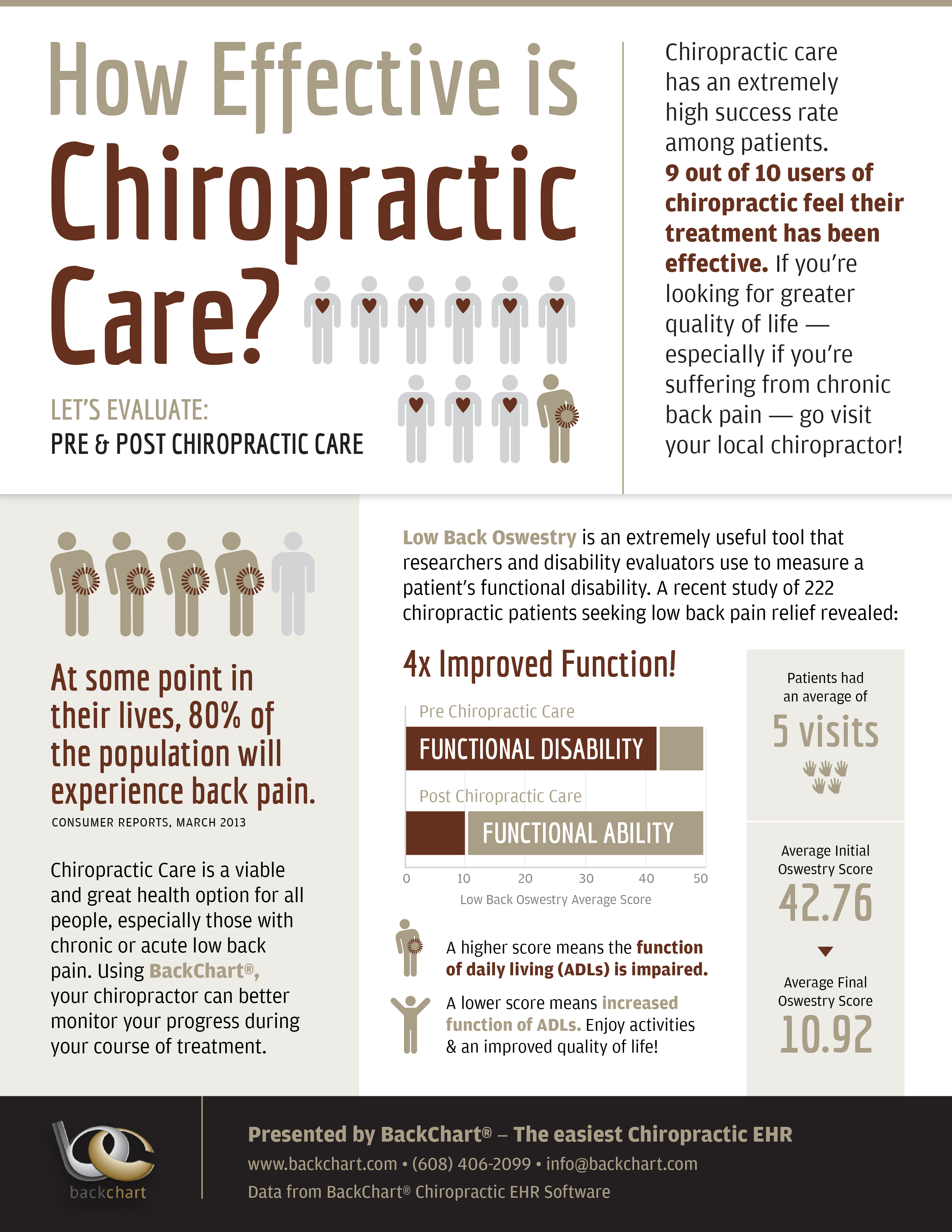Explore The Unique Advantages Of Acupuncture As We Juxtapose It With Conventional Pain Management Methods You Might Currently Understand. What Might Capture You Unsuspecting?
Explore The Unique Advantages Of Acupuncture As We Juxtapose It With Conventional Pain Management Methods You Might Currently Understand. What Might Capture You Unsuspecting?
Blog Article
Uploaded By-Braswell Oddershede
When you take into consideration discomfort administration options, you could find yourself considering the pros and cons of different strategies, consisting of acupuncture, non-prescription drugs, and physical therapy. While several techniques offer alleviation, they usually come with their very own set of obstacles, like negative effects or extensive treatment times. Acupuncture sticks out for its distinct capability to promote self-regulation with fewer dangers. Yet exactly how does its performance contrast to more conventional techniques? The nuances of these methods can substantially impact your choices, and discovering them further could cause surprising understandings.
Summary of Pain Administration Techniques
When it pertains to managing discomfort, you have a variety of strategies available. These approaches can range from standard methods to more alternate therapies. Understanding your alternatives is essential in finding what functions ideal for you.
One usual strategy is over-the-counter medicines like advil or acetaminophen, which can provide quick alleviation for moderate to moderate pain. Prescription drugs, consisting of opioids, may be necessary for more severe discomfort, though they come with dangers of dependence and side effects.
Physical treatment is an additional efficient strategy, focusing on workouts and stretches to reinforce muscle mass and improve flexibility. This method frequently aids in handling chronic pain problems.
On top of that, some people turn to more alternative options, such as massage treatment, which can alleviate stress and improve blood circulation.
Mind-body techniques, like mindfulness reflection or yoga exercise, aid you manage pain by minimizing stress and anxiety and enhancing your psychological durability.
Last but not least, lifestyle changes, such as preserving a healthy and balanced diet regimen and routine exercise, can play a vital function in overall discomfort management. Each strategy has its benefits and drawbacks, so it's vital to explore what fits your needs and choices best.
Advantages of Acupuncture
Acupuncture provides an one-of-a-kind strategy to discomfort monitoring that stands apart amongst different strategies. By targeting particular factors on your body, it stimulates the circulation of power, or "qi," promoting all-natural recovery and reducing discomfort.
One of the most significant advantages is its minimal side effects. Unlike some medicines, which can lead to reliance or unwanted health concerns, acupuncture is a holistic treatment that encourages your body's self-regulation.
You'll likely locate that acupuncture sessions can assist soothe chronic pain, frustrations, and also stress and anxiety. Lots of people experience a feeling of leisure and well-being during and after therapy, which can improve overall lifestyle.
And also, it's a versatile option; it can be used along with various other treatments, making it an excellent complement to your existing pain management strategy.
An additional significant benefit is that acupuncture can be tailored to your particular requirements. Your professional will assess your problem and establish an individualized treatment plan, ensuring you get the care that ideal sustains your recuperation.
With its old roots and expanding acceptance in modern medication, acupuncture attracts attention as an engaging choice for pain alleviation.
Contrasting Efficiency and Outcomes
Discomfort monitoring techniques vary widely in their efficiency and end results, making it critical to understand exactly how they compare to one another. When taking into consideration options like acupuncture, physical therapy, and medicine, you'll locate unique distinctions in exactly how each method addresses pain.
Acupuncture, for instance, often offers relief for persistent pain conditions, with research studies showing substantial improvements suffering levels for numerous clients.
On the other hand, medications like opioids can effectively take care of sharp pain but carry threats of reliance and negative effects.
Physical treatment focuses on recovery and may take longer to show results, which can be irritating if you require prompt alleviation.
When reviewing these techniques, think of your particular pain type and your personal wellness objectives. Some individuals locate that a mix of techniques works finest for them.
For example, you might take advantage of acupuncture sessions together with physical treatment to take full advantage of healing.
Inevitably, understanding the efficiency and outcomes of each technique will certainly help you make informed choices about your discomfort administration strategy, enabling you to pick the method that finest fits your requirements and lifestyle.
Verdict
In summary, acupuncture attracts attention as a valuable alternative to conventional pain management approaches. It provides quick alleviation and promotes self-regulation without the risks of dependency connected with medications. While physical therapy may require more time for results, acupuncture can provide instant advantages, making it an enticing alternative for those looking for relief from persistent discomfort and stress. By including mouse click the up coming internet site into your discomfort management plan, you can improve your general well-being and recover control over your health.
